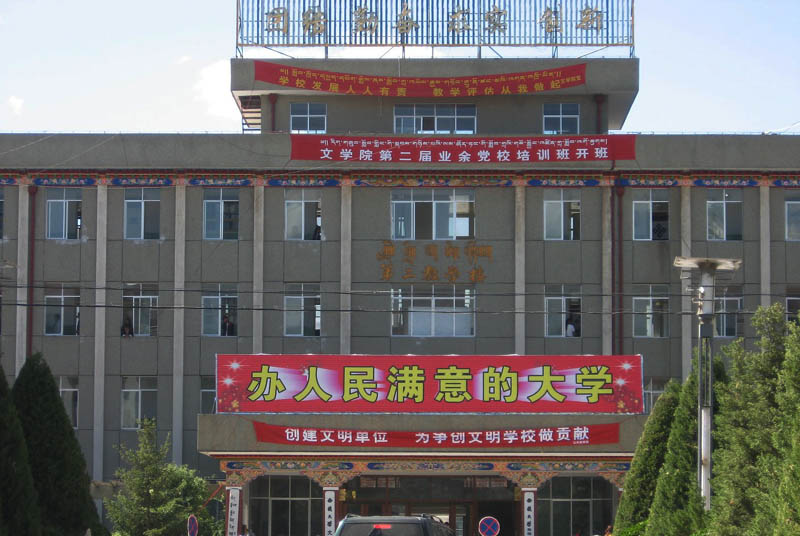 Dharamshala: An official of the so-called government of Tibet Autonomous Region has claimed that China "plans to raise a new educational subsidy and expand its coverage to include more than 500,000 school-aged children, mostly from herding families, in rural areas of Tibet."
Dharamshala: An official of the so-called government of Tibet Autonomous Region has claimed that China "plans to raise a new educational subsidy and expand its coverage to include more than 500,000 school-aged children, mostly from herding families, in rural areas of Tibet."
Dorjee Tsering, a spokesman with the Chinese Bureau of Education of Tibet told reporters on Monday that the "regional government has doubled the budget earmarked for the rural educational subsidy scheme this year to 1.01 billion yuan (USD 152 million)."
"Children in rural Tibet from kindergartens to senior high schools will receive 2,000 yuan per person to cover annual expenses on food, clothing, and school supplies while they stay in boarding schools. Those who live in remote areas will receive extra subsidies," Dorjee Tsering claimed.
Chinese state-controlled media Xinhua claims that China also provides free education for school-aged children in Tibet and has been providing subsidies to children of herding families since 1985. Previous subsidy schemes did not include kindergarten children. The government also plans to provide scholarships amounting to more than 10 million yuan for students from low-income families who study in kindergartens and primary and middle schools in Tibet.
However, Tibetan experts explain a different aspect of the face of education. In the schools supposedly established before 2005 for Tibetans and located in the so-called Tibet Autonomous Region, 446 (71%) of the total 630 students were Chinese and only 184 (29%) were Tibetan. In the Tibet Nationalities Institute in Xianyang, 938 out of the total 1,165 students were Chinese and only 227 were Tibetan, according to Tibetan scholars. The Tibetan experts also claim that the Chinese government maintains that only 4% of the population in the TAR is Chinese. but, if 4% of the population takes more than 70% of seats in educational institutions, these figures evoke the questions: who is really being educated in Tibet, and how honest are the figures?
Tibet University in the capital city Lhasa in 2005 reported a majority of Tibetan students (1,018) and a Han Chinese minority (208). Still, on closer examination of the data, even at Tibet University one finds that Han Chinese made up the majority in science and technical courses, with Tibetans constituting only 26% of the students in these areas. In contrast, Tibetans are heavily concentrated in the humanities, representing 70% of the students enrolled in those courses.
China says the population of the so-called TAR had reached more than 2.9 million at the end of 2009, which it said was a 140% increase over the figure of 1.228 million in 1959. Another report released in 2009 as claimed the local Tibetan population in TAR had increased from one million in 1956 to 2.7 million in 2008.


![Tibet has a rich history as a sovereign nation until the 1950s when it was invaded by China. [Photo: File]](/images/stories/Pics-2024/March/Tibet-Nation-1940s.jpg#joomlaImage://local-images/stories/Pics-2024/March/Tibet-Nation-1940s.jpg?width=1489&height=878)















